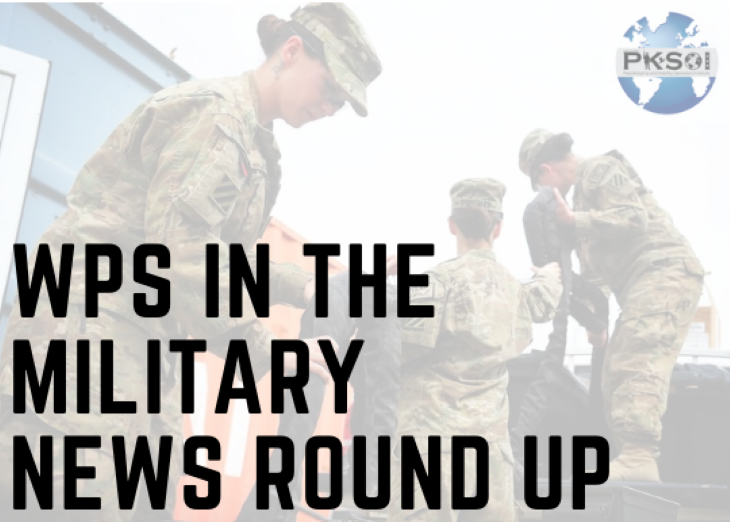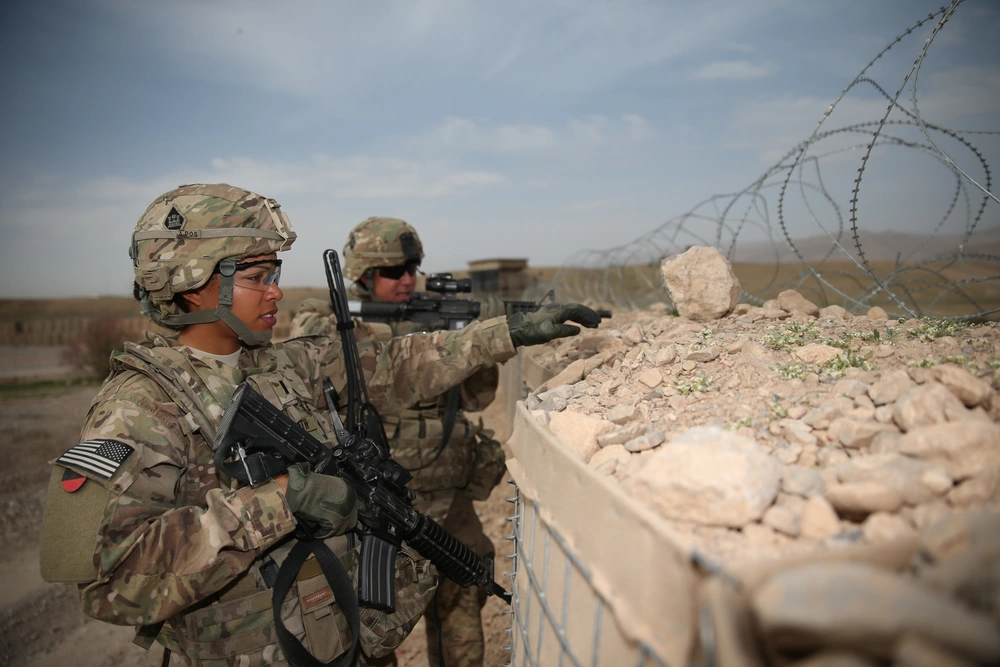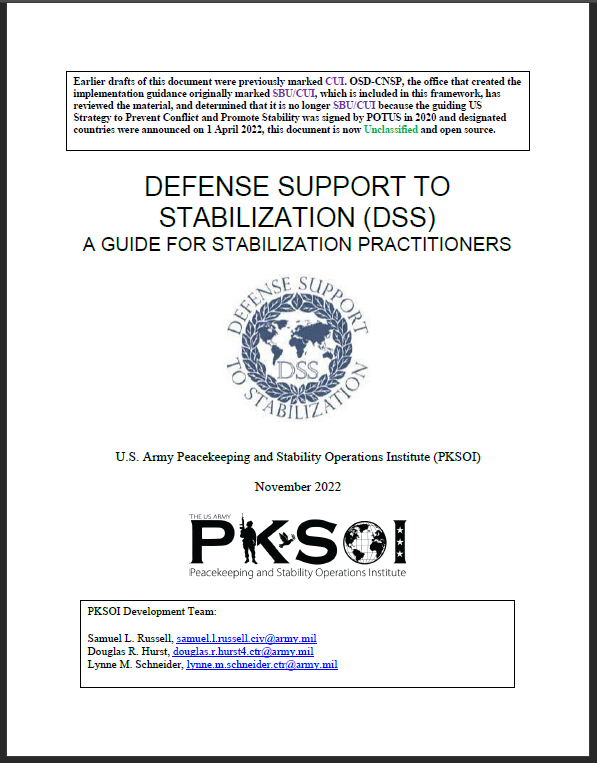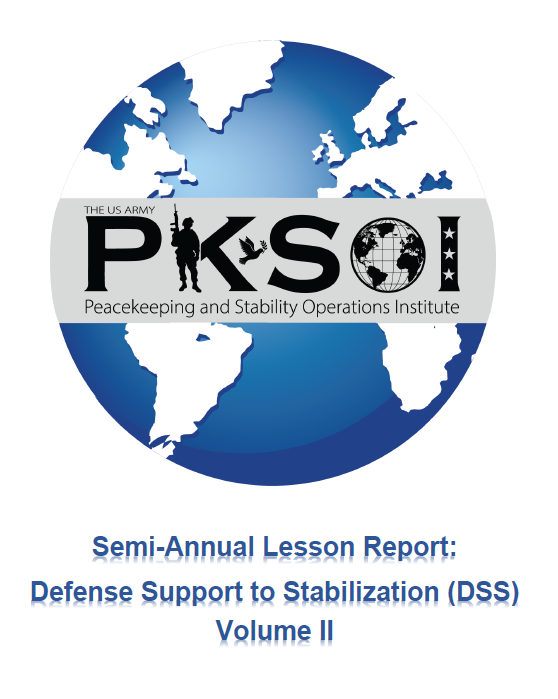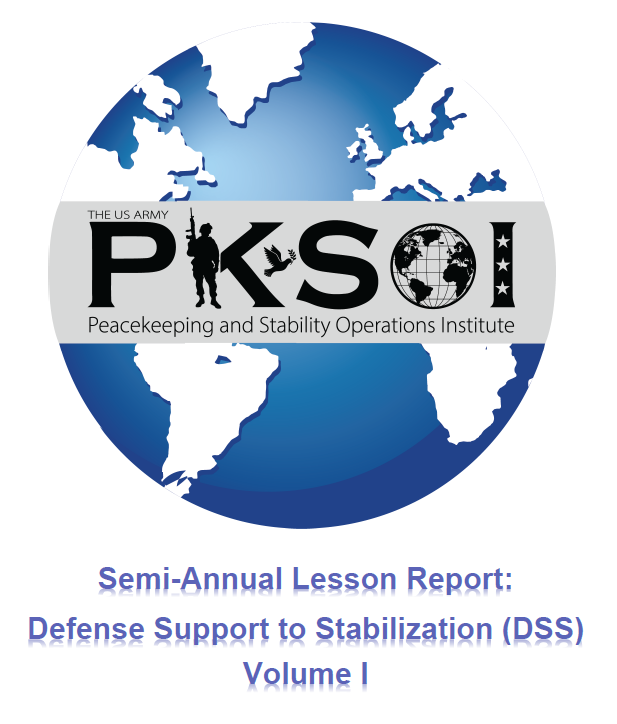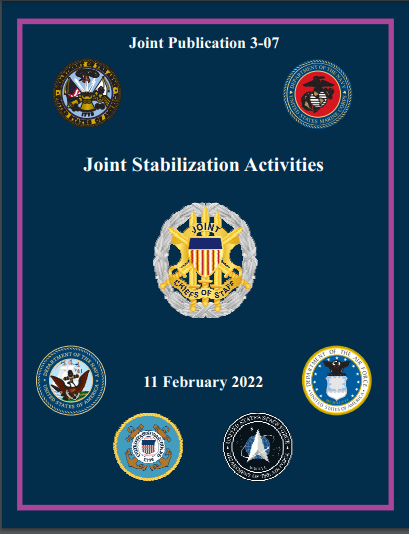Semi-Annual Lesson Report: Protection of Civilians (POC) and Civilian Harm Mitigation & Response (CHMR)Volume I
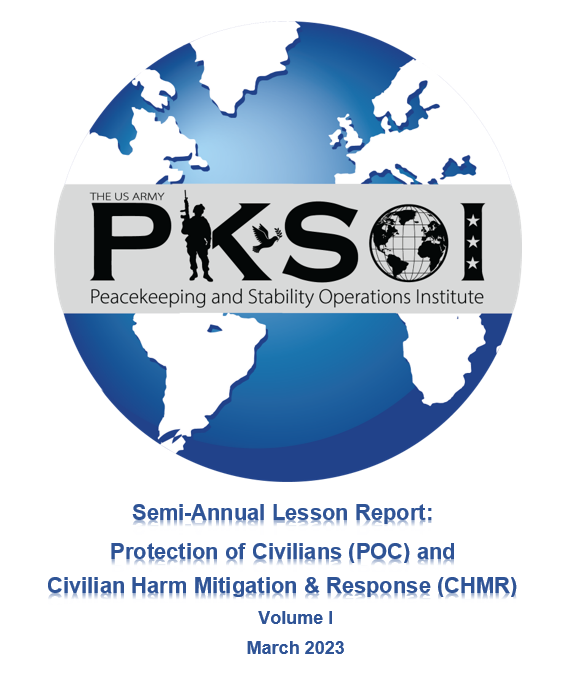
The fighting in Ukraine, initiated a year ago by the Russian invasion, is a daily demonstration of any armed conflict’s impact on resident or neighboring populations. Russia’s war on Ukraine is certainly not the only ongoing armed conflict in the world at this time. However, its ubiquitous imagery promotes near real-time reflection of the nature of war—past, present, and future. That reflection includes a continuing review of the suitability of the laws, policies, and programs designed to protect civilians or, at the least, mitigate the harm to them.
Physical integrity is the aspect of protection that most observers contemplate when considering protection of civilians (POC) and/or civilian harm mitigation and response (CHMR) policies and measures. Yet physical integrity, while of obvious vital importance to a population, is only one of many POC/CHMR concerns. This report (in two volumes) contains Lessons that address the physical integrity of a population. Yet it also includes Lessons connected to many—but not all—the other articulated POC/CHMR concerns regarding the what is protected? question. The Lessons in Volume I are categorized as follows: cultural identity; infrastructure and property; information and technology; and services.
This Lesson collection is not a comprehensive inventory of all topic areas included in the POC/CHMR discourse. Rather, it is intended to provide both overview and particular insights that may encourage further study. Consequently, the Lessons collected here encompass discussion points that both expand and narrow the discourse.
Click on the links below to read or download this lesson.


